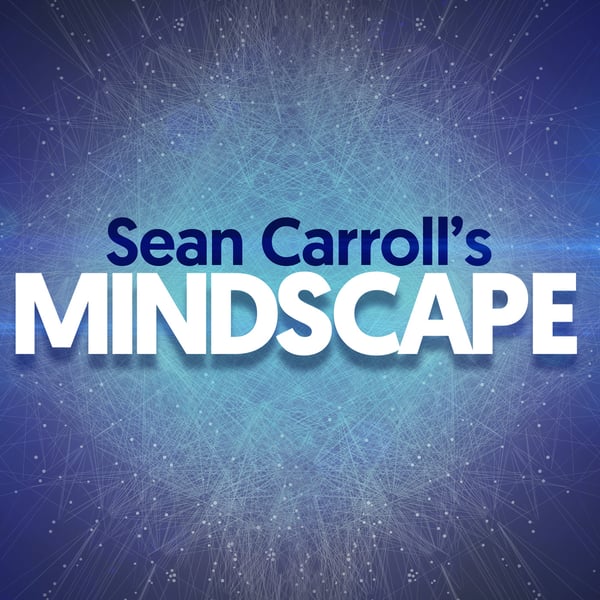181 | Peter Dodds on Quantifying the Shape of Stories
Sean Carroll's Mindscape: Science, Society, Philosophy, Culture, Arts, and Ideas
Sean Carroll | Wondery
4.8 • 4.4K Ratings
🗓️ 24 January 2022
⏱️ 77 minutes
🧾️ Download transcript
Summary
A good story takes you on an emotional journey, with ups and downs along the way. Thanks to science, we can quantify that. Peter Dodds works on understanding the structure of stories and other strings of words (including Twitter) by analyzing the valence of individual words, then studying how they are strung together in different kinds of stories. Understanding these structures offers powerful insight into how people communicate and how to reach them. As Peter says, “Never bring statistics to a story fight.”
Support Mindscape on Patreon.
Peter Dodds received his Ph.D. in mathematics from the Massachusetts Institute of Technology. He is currently a professor of computer science at the University of Vermont and Director of the Vermont Complex Systems Center. He has won multiple teaching awards, and was elected a Fellow of the Network Science Society.
- Web site
- University of Vermont faculty page
- Computational Story Lab
- Google Scholar publications
- Wikipedia
See Privacy Policy at https://art19.com/privacy and California Privacy Notice at https://art19.com/privacy#do-not-sell-my-info.
Transcript
Click on a timestamp to play from that location
| 0:00.0 | Hello everyone, welcome to the Mindscape Podcast. I'm your host, Sean Carroll. |
| 0:04.1 | For today, we're going to go into big data and storytelling. So I remember once hearing |
| 0:10.6 | a conversation or maybe reading about it online where someone was complaining the usual |
| 0:15.0 | complaint about Hollywood movies. How there's sort of low brow and predictable, but frustratingly |
| 0:20.7 | popular compared to more intellectual fare. And someone else gave the counterargument saying, |
| 0:27.7 | that's because Hollywood does what Aristotle told storytellers to do 2500 years ago to |
| 0:34.2 | have a structure, a three-act structure, Dano-Wah conflict, the whole bit. And there's something |
| 0:40.4 | to that. On the one hand, there's plenty of different kinds of stories. They don't |
| 0:44.8 | all follow the Hollywood three-act structure. On the other hand, it can, meanwhile, I should |
| 0:49.0 | say, it can be a little bit predictable, but it nevertheless works. There's something |
| 0:53.4 | about that kind of story that hooks us that carries us along. And there are other stories |
| 0:58.9 | that carry us along in different ways, and other people are fans of those. So given |
| 1:03.8 | this feeling that stories, which are these quintessentially human artifacts, right, given |
| 1:09.9 | this idea that they have structure somewhere, wouldn't it be great to do science to that |
| 1:15.2 | idea, to try to tease out using data, using some kind of collection of information, whether |
| 1:21.4 | or not real world stories, the stories that we'd like to listen to, and the stories that |
| 1:25.4 | we tell both spontaneously and from great planning have different kinds of structure of this |
| 1:32.1 | form. So that's what today's guest does. Peter Dodd, a statistician at the University |
| 1:36.4 | of Vermont, who studies big data kinds of problems in many different contexts, from earth sciences, |
| 1:42.6 | to language, to ecology. But he's one of the heads of what is called the computational |
| 1:48.2 | story lab. And what they do is they consider individual words, and they rank them. They |
| 1:54.4 | rank these different words, where they have people rank them in all sorts of different |
... |
Please login to see the full transcript.
Disclaimer: The podcast and artwork embedded on this page are from Sean Carroll | Wondery, and are the property of its owner and not affiliated with or endorsed by Tapesearch.
Generated transcripts are the property of Sean Carroll | Wondery and are distributed freely under the Fair Use doctrine. Transcripts generated by Tapesearch are not guaranteed to be accurate.
Copyright © Tapesearch 2025.

